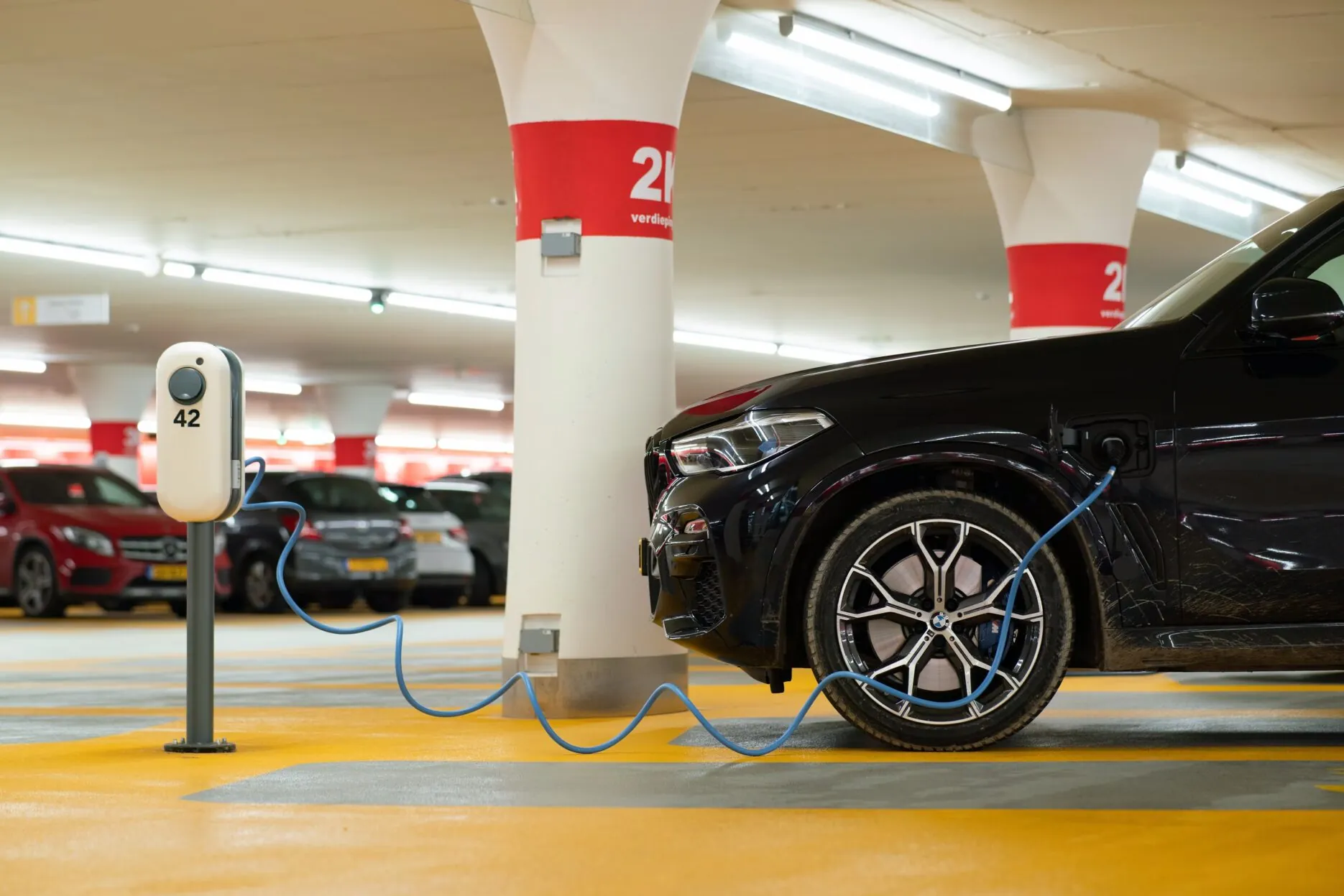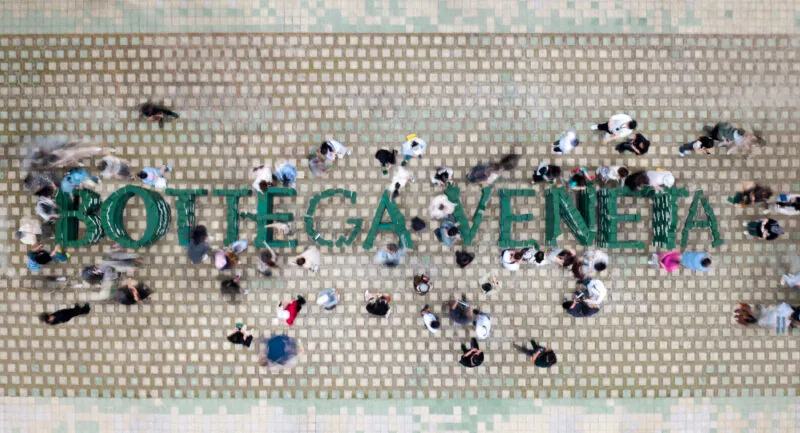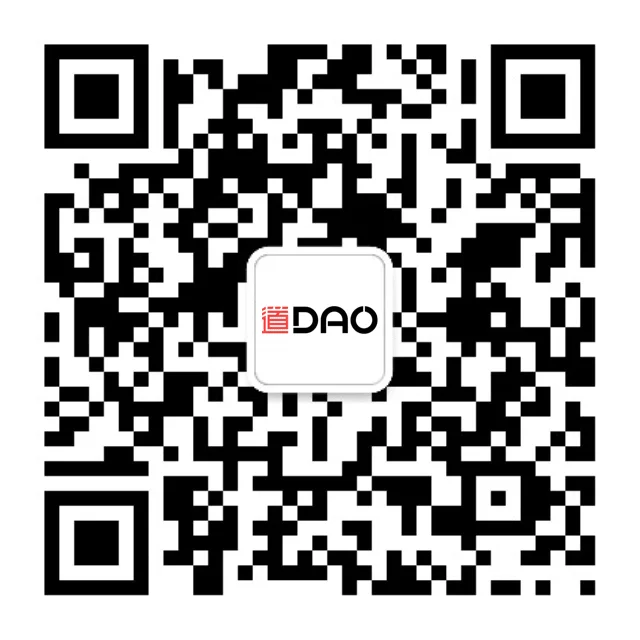According to a statement released by China’s Ministry of Commerce on April 10, Minister Wang Wentao held a video conference with Maroš Šefčovič, European Commissioner for Trade and Economic Security, on the afternoon of April 8. Both sides agreed to immediately begin negotiations on electric vehicle pricing commitments. They also agreed to further discuss issues related to market access and China–EU cooperation in the automotive sector, aiming to create a more favorable business environment for companies.
Wang emphasized that under current circumstances, China and the EU should jointly uphold a rules-based multilateral trade system and continue promoting trade liberalization and facilitation—efforts that will contribute greater stability and certainty to the global economy and trade.
Šefčovič also noted that the U.S. tariff hikes have severely disrupted international trade and caused significant impact on both the EU–China relationship and developing economies. The U.S. accounts for only 13% of global goods trade. The EU, he said, is willing to work with other WTO members, including China, to safeguard the normal functioning of global trade. He reaffirmed the EU’s commitment to its economic relationship with China and expressed willingness to enhance dialogue, expand mutual market access, and strengthen cooperation in investment and industrial development.
Despite the challenges posed by the U.S. tariff war, some Chinese automakers have continued to grow—BYD being a prime example. In spite of tariff pressures, BYD has increased its market share in Europe. According to Dataforce, in January this year, BYD achieved year-on-year sales growth of 551%, 734%, and 207% in the UK, Spain, and Portugal, respectively—outpacing Tesla. This may suggest that the U.S. tariffs have acted as a “catalyst,” prompting China and the EU to reexamine their cooperation, recognizing that shared opportunities outweigh mutual challenges.
Need to boost your China strategy? Dao Pro delivers bespoke insights on marketing, innovation, and digital trends, direct from Chinese sources. Find out more from our Dao Strategy Team here.









